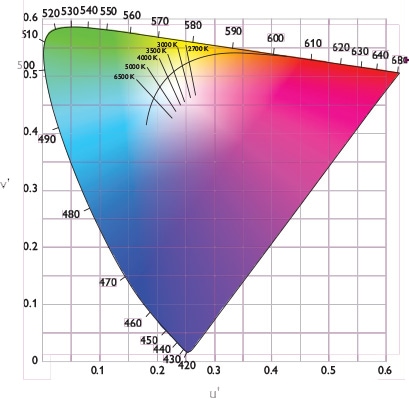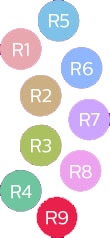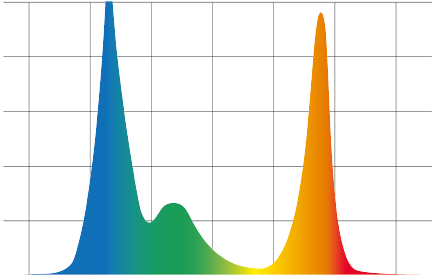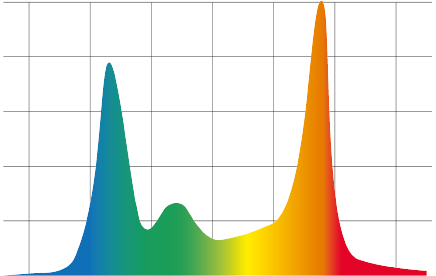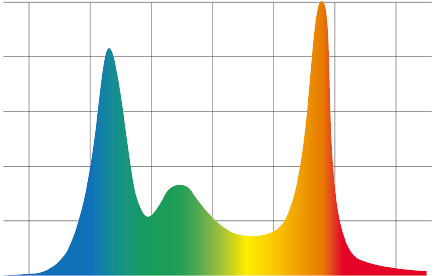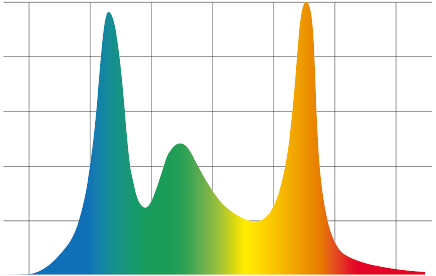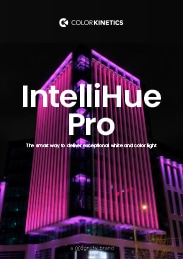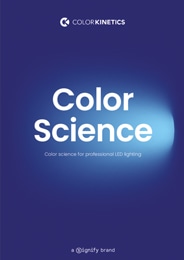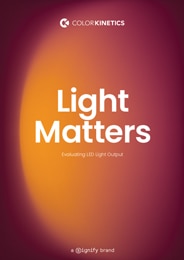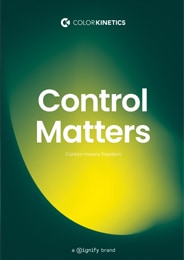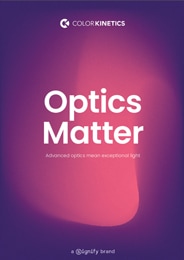As it often does, digital disruption (LED lighting) has inspired a parallel effort toward standardization. At some point in the future, our industry will adopt a standardized way of evaluating light source color rendition. Groundbreaking efforts, including Color Quality Scale (CQS), Gamut Area Index (GAI)—and now IES’s TM-30—can be seen as important steps toward the goal of standardization. But the day-to-day reality for today’s lighting professionals is that they have many alternatives available when choosing how to achieve their creative vision. Knowing these alternatives—and their particular strengths—is critical.
Lighting design is all about choices.
For lighting designers, the initial choice is between the three main varieties of light—white, color, or color-changing effects. This choice then leads to a second level of decisions—what type of light source to use to create that light. Before choosing a specific luminaire, form factor, or vendor, lighting professionals face a core decision about what type of light source will work best for their application.




